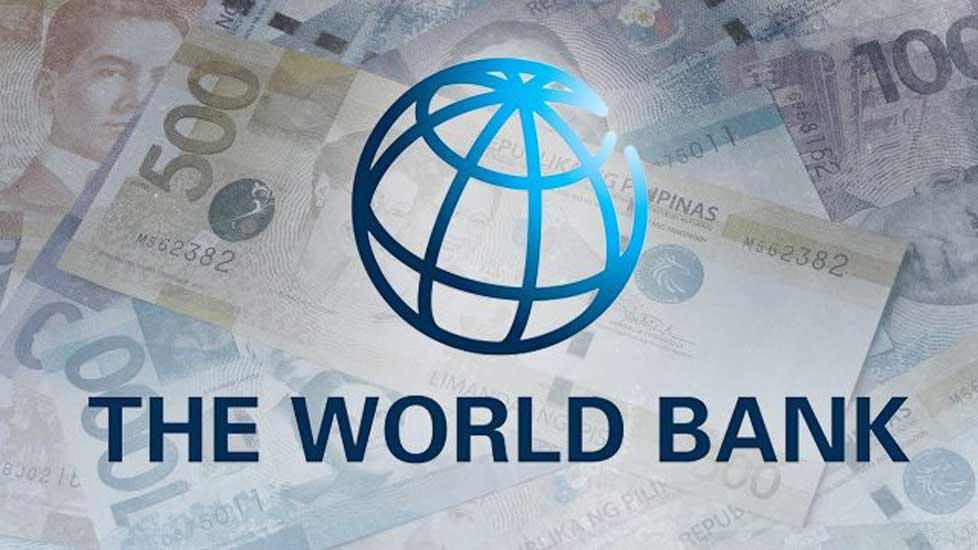World Bank Report Reveals Nigeria, Other Developing Countries May Fall Into Debt Distress
The World Bank Group has revealed in a recent report that Nigeria and other low/middle-income countries are at risk of debt distress.
The Washington-based institution said this in its ‘International Debt Report 2023’ seen by THE WHISTLER.
Advertisement
The World Bank said there are “Rising fears about unsustainable debt in developing countries. As these countries grapple with an array of destabilizing economic forces, the poorest among them are at increasing risk of tumbling into a debt crisis.
“Today, one of every four developing countries is effectively priced out of international capital markets. In the past three years alone, the number of sovereign debt defaults in these countries has surged to 18, outstripping the total of the previous two decades.
“For the poorest countries, debt has become a nearly paralyzing burden: 28 countries eligible to borrow from the World Bank’s International Development Association (IDA) are now at high risk of debt distress. Eleven are in distress.
“Currently, about 60 percent of IDA-eligible countries are assessed at high risk of debt distress or are already in debt distress.”
Advertisement
Nigeria is IDA-eligible based on per capita income levels.
The report sounded an alarm about the danger confronting low- and middle-income countries—particularly the poorest.
It said in 2022, low- and middle-income countries paid a record $443.5bn to service their external public and publicly guaranteed debt.
The report shows that Nigeria and Tanzania were the top recipients of new financing from the World Bank in 2022, at $2.9bn and $2.7bn respectively.
It said Nigeria’s external debt stock rose from $28.26bn in 2010 to $66.56bn in 2018. It surged to $77.7bn in 2019 and $82.8bn in 2020.
Advertisement
According to the World Bank, between 2021 to 2022, external debt rose from $90.89bn to $98.3bn.
The report said, “In a time of pinched government budgets, these payments diverted spending away from health, education, and other critical needs. Debt servicing costs on public and publicly guaranteed debt are projected to grow by 10 percent for all developing countries over the 2023–24 period—and by nearly 40 percent for low-income countries.
“Countries eligible to borrow from IDA are likely to face a rough ride in the coming years: interest payments on their total external debt stock have quadrupled since 2012, to an all-time high of US$23.6 billion. These payments are consuming an ever-larger share of export revenues, putting some countries just one shock away from a debt crisis. More than a third of this debt involves variable interest rates that could rise suddenly.”
Reacting to the report, Paul Alaje, an economist and Senior Partner at SPM Professionals warned the Federal Government against borrowing for consumption.
Alaje said, “Warnings to most African countries as debt profiles are on the rage, causing serious injuries to economies. The unknowledgeable ones are still devaluing the nations’ currencies, hoping for imaginary economic miracles.
“Nigeria is currently servicing the Federal Government debts with 98 per cent of federal revenues generated.
Advertisement
“The story is not particularly pleasant in some other nations. By 2025, some African nations may borrow to service debt, that is, not for capex, no! Not for recurrent expenditure.”



